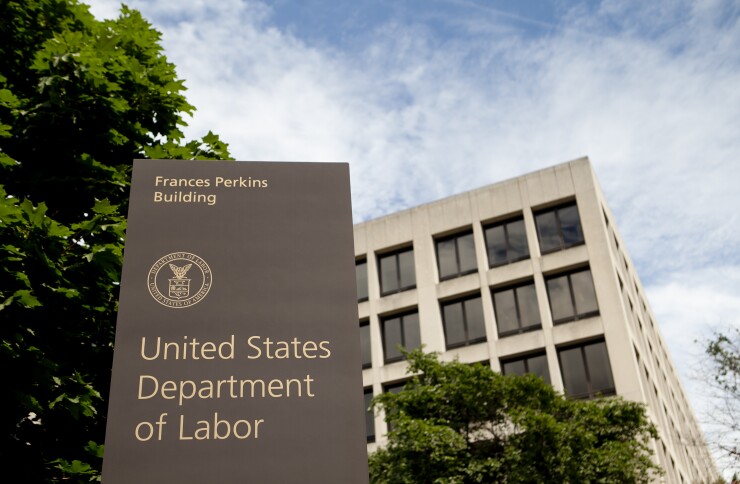Employers added 2.5 million jobs in May, the U.S. Bureau of Labor Statistics reported Friday, defying analyst predictions of heavy job losses as in April’s jobs report, while raising hopes for a faster economic recovery despite the coronavirus pandemic still raging in many parts of the country. The unexpected job gains included 13,200 in accounting and bookkeeping.
The unemployment rate also declined 1.4 percentage points to 13.3 percent, versus 14.7 percent in April, the highest rate since the Labor Department began keeping records in 1948 and probably since the Great Depression (
The improved numbers reflect efforts around the country to reopen businesses that had been shut down earlier this year as COVID-19 cases spread across the U.S. In May, the BLS reported that employment rose sharply in the leisure and hospitality industry, along with the construction, education and health services, and retail trade sectors. On the other hand, employment in government continued to plummet.
Professional and business services added 127,000 jobs in May, after losing 2.2 million jobs in April. While accounting and bookkeeping added 13,200 jobs in May, that came after the profession lost 67,600 jobs in April.
Kim Gotttschalk, chief of strategy at the staffing agency Adecco and its Accounting Principals unit, noticed a definite turnaround in hiring last month. “I am seeing all kinds of signs of optimism, positivity and hope,” she said. “Every week in May, I saw signs of recovery. The darkest times for us were in mid-April. If you look at the increase, 13,200 jobs, I believe the darkest days are behind us. Little by little, we saw increases in clients placing job orders with us, candidates expressing interest in hearing about positions and feeling comfortable looking for jobs, even the ones that are working right now. The people that are working during the darkest times often don’t want to take a risk and go look for a new job. They want to stay at something stable. Every week in May we saw an uptick across the board in the types of orders placed within the accounting and finance business, and — to get more granular — within legal, supply chain logistics, creative content and digital. Those jobs haven’t gone away even in the darkest times in April.”
She has also noticed an increase in hiring by the U.S. Small Business Administration to deal with the many companies applying for SBA-backed loans through the Paycheck Protection Program and Economic Injury Disaster Loans. Small businesses, however, have been continuing to take a big hit over the past month, despite the BLS’s rosier jobs report.
CBIZ, a Top 100 Firm, reported Friday in its monthly Small Business Employment Index that 27 percent of small businesses reduced their workforce in May, 48 percent showed no change and 25 percent grew their workforce. All regions of the country experienced hiring decreases, according to CBIZ. The West and the Southeast experienced the biggest decreases. However, some industries did see growth in hiring, including agriculture, transportation, real estate and construction.
“You’re seeing some abatement of some of the historic job losses that we’ve been witnessing these last two months, which is exactly what you would expect to happen when the economy starts to open back up,” said Philip Noftsinger, executive vice president at CBIZ. “It’s great news, but we need to be careful about not getting overly excited, because we still have 20-plus million unemployed, and we’ve got a long way to go to recover that. But you don’t get there by not starting here. Some of the industries that we saw growing in terms of our metric were agriculture and construction. What’s great about that is there’s probably a round two as retail and restaurants reopen, so we’ve got some more turns at the crank where we can get some more people back employed.”






